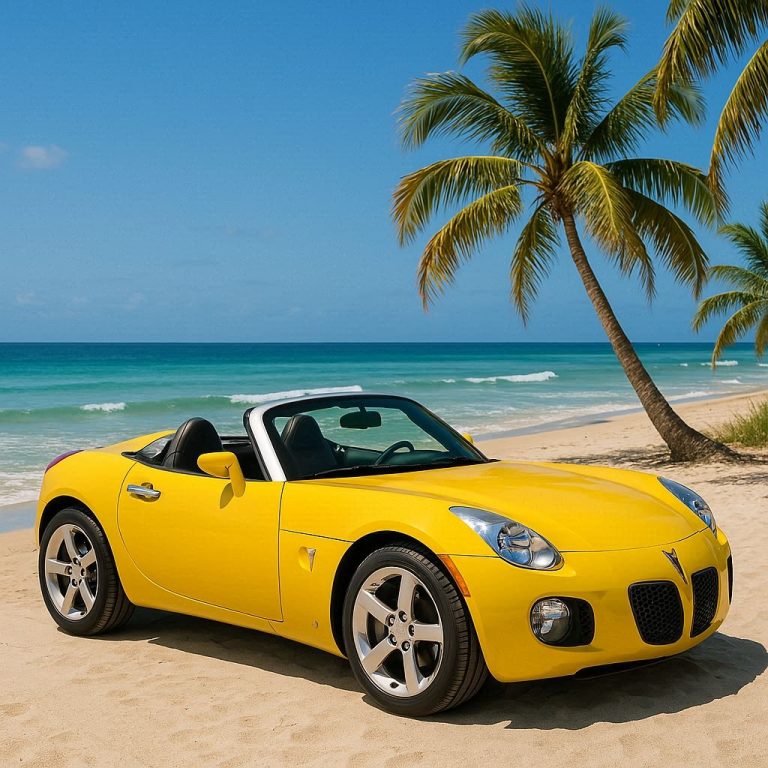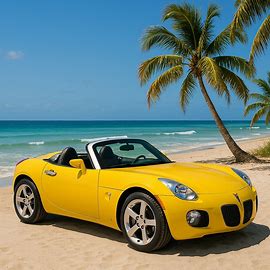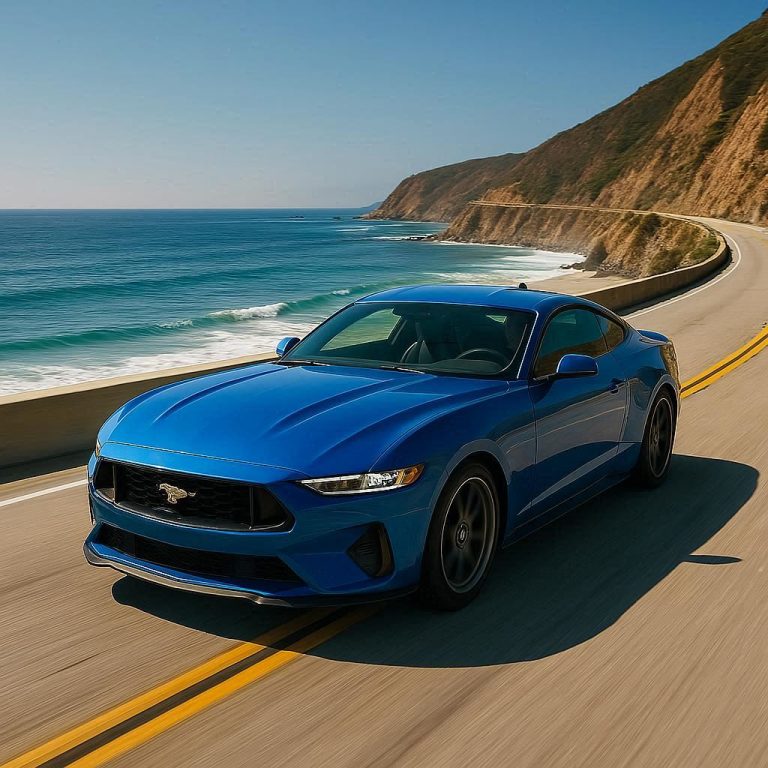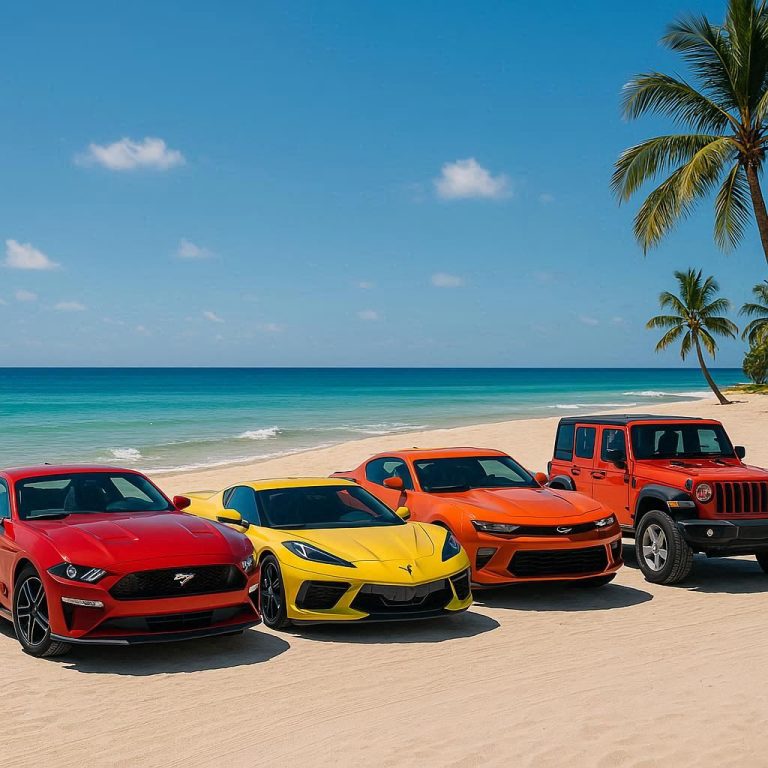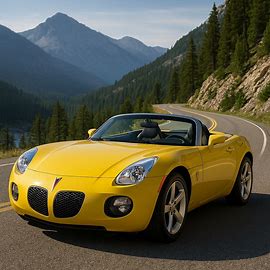
American car culture isn’t just about getting from point A to point B; it’s a sprawling, intricate tapestry woven from history, innovation, regional identity, and personal expression. Think of it as a national conversation, conducted in chrome and gasoline, that has been evolving for over a century. It’s a conversation that’s as loud and proud as a roaring V8, and as nuanced as the subtle curves of a vintage roadster. This book aims to be your guide to understanding that conversation.
The sheer volume of information about cars can be overwhelming. From the latest electric vehicle technology to the painstaking restoration of classic muscle cars, there’s a seemingly endless amount to absorb. This book cuts through the noise. It synthesizes insights from history, cultural studies, and automotive engineering to provide a clear and practical understanding of American car culture. It is a place where technological innovation meets nostalgic appreciation and where regional variations highlight the diverse ways Americans interact with their vehicles.
This book operates on the principle that to truly understand American car culture, one needs to appreciate its foundational elements. Like understanding ingredients in cooking or musical notes in music, grasping these core elements lets you appreciate the complexity and nuances of the whole. This means starting with the very beginnings of the automotive era, tracing the evolution of the car from a luxury item to an everyday necessity and then a symbol of freedom and identity.
In the first chapter, “Origins of American Car Culture,” we’ll trace the historical roots of automotive enthusiasm in America, from the early 20th century. We’ll look at how Henry Ford’s assembly line revolutionized manufacturing, making car ownership accessible to the masses with the Model T. This wasn’t just about cheaper transportation; it was about a fundamental shift in American society. We will cover how these machines became intertwined with the national identity, representing more than mere transport.
The story extends beyond just mass production. We’ll delve into the initial cultural shifts that occurred as automobiles became more common. Imagine the excitement and trepidation as people traded horse-drawn carriages for horseless ones. Roads had to be built, gas stations had to appear, and the very landscape of America began to change. The car created a new sense of possibility, opening up opportunities for travel and leisure that were previously unimaginable for many. It also instilled a sense of individual expression that shaped a nascent car culture.
In our second chapter, “Regional Car Culture Landscapes,” we’ll shift our focus from the broad historical context to the diverse ways car culture manifests itself across the United States. America isn’t a monolith, and neither is its car culture. Each region has its own unique relationship with the automobile, shaped by geography, industry, and local traditions. From the truck culture of the South, where lifted pickups are a common sight, to the lowrider scene of the Southwest, where art meets engineering, the regional variations are striking.
California, with its sunny weather and car-centric lifestyle, has always been a hotbed of automotive innovation and customization. The Midwest, the heartland of American manufacturing, boasts a strong heritage of classic car restoration and a deep appreciation for the engineering prowess of Detroit. The Northeast, with its winding roads and historic towns, has a thriving community dedicated to preserving classic cars. Each region has its unique automotive traditions, influential local industries, and significant events that define its particular flavor of car culture.
Then, in “Automotive Subcultures and Expressions,” we’ll plunge into the passionate and often fiercely independent communities that make up American car culture. These aren’t just groups of people who like cars; they are communities with their own distinct languages, customs, and aesthetic sensibilities. We’ll examine everything from the history and evolution of hot rodding, where speed and ingenuity are paramount, to the artistry and cultural significance of lowrider culture, where cars become canvases for self-expression.
The muscle car revival reflects a wave of nostalgia for the raw power and iconic designs of the 1960s and 70s. The import performance culture emphasizes high-tech modifications and pushing the limits of engineering. And the constantly evolving truck customization trends transform everyday pickups into personalized statements of style and capability. Each subculture has its own heroes, its own legends, and its own unique contribution to the overall tapestry of American car culture.
Finally, in “Future of American Automotive Passion,” we’ll look ahead to the challenges and opportunities facing car culture in the 21st century. The rise of electric vehicles, the development of autonomous technology, and growing concerns about environmental sustainability are all forcing car enthusiasts to reconsider their relationship with the automobile. This chapter won’t be about predicting the future; it will be about exploring the questions that will shape the future of car culture.
How will traditional automotive passion adapt to the new paradigms? Can electric vehicles be as exciting and engaging as their gasoline-powered counterparts? How can car enthusiasts embrace sustainability without sacrificing the thrill of the open road? These are just some of the questions we’ll be wrestling with. We’ll explore the integration of advanced technologies, the environmental challenges facing car culture, and the economic implications of automotive innovation.
This book is not just a historical overview or a technical manual. It’s a cultural exploration, a journey into the heart and soul of American car culture. It’s an attempt to understand why the automobile has become such an integral part of our national identity and how it continues to shape our lives in profound ways. So, buckle up, and get ready for a ride.
